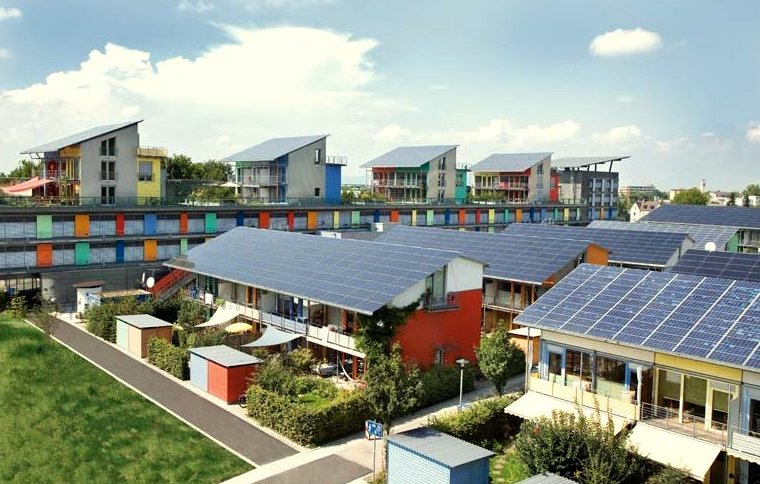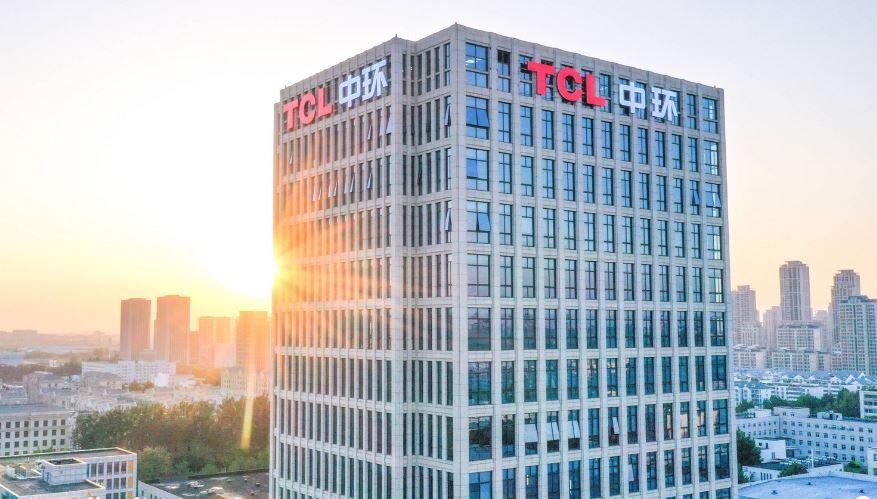After introducing new provisions for energy communities in March, Italy published, last week, an incentive scheme that is expected to boost their development.
The Italian government has established that two types of prosumers included in the new rules, which are defined as energy communities and self-consumption collectives, will be awarded a 20-year tariff of €0.11 and €0.10, respectively, for each kilowatt-hour of power that is shared among their members.
Self-consumption collectives are groups of consumers that are located in the same building or building complex while energy communities are larger entities that can also include businesses or public organizations located in the proximity area of the power generator.
Under the incentive scheme, which is open to renewable energy systems not exceeding 200 kW in size, surplus power can be injected into the grid but without any remuneration, which is expected to encourage the deployment of batteries. Self-consumed electricity is not subject to bill charges but it is not granted a direct incentive. The indirect incentive is an avoided electricity cost ranging from €0.13 to €0.20/kWh.
The provisions require all the participants to be connected to the same low voltage transformer substation.
Italian trade association Italia Solare expects this new scheme, combined with the so-called superbonus – a 110% fiscal break covering renovation works to increase energy efficiency but also photovoltaic systems on residential roofs – will further boost the rooftop PV market. “It is difficult to evaluate data on the increase in energy communities in this phase of experimentation,” a spokesperson told pv magazine. “Surely, there could be a high acceleration for what concerns the collective consumption that until now has remained stationary.”
According to Italia Solare, a better understanding of how this segment will develop will be possible in about six months. “The transposition of the RED II directive in June 2021 will be a key event because it is precisely at that time that, once the experimental phase is over, we will see the true potential of energy communities,” the trade association stated, adding that the full implementation of RED II should also enable medium-voltage energy communities, and not only low voltage ones, like now.
This content is protected by copyright and may not be reused. If you want to cooperate with us and would like to reuse some of our content, please contact: editors@pv-magazine.com.



2 comments
By submitting this form you agree to pv magazine using your data for the purposes of publishing your comment.
Your personal data will only be disclosed or otherwise transmitted to third parties for the purposes of spam filtering or if this is necessary for technical maintenance of the website. Any other transfer to third parties will not take place unless this is justified on the basis of applicable data protection regulations or if pv magazine is legally obliged to do so.
You may revoke this consent at any time with effect for the future, in which case your personal data will be deleted immediately. Otherwise, your data will be deleted if pv magazine has processed your request or the purpose of data storage is fulfilled.
Further information on data privacy can be found in our Data Protection Policy.